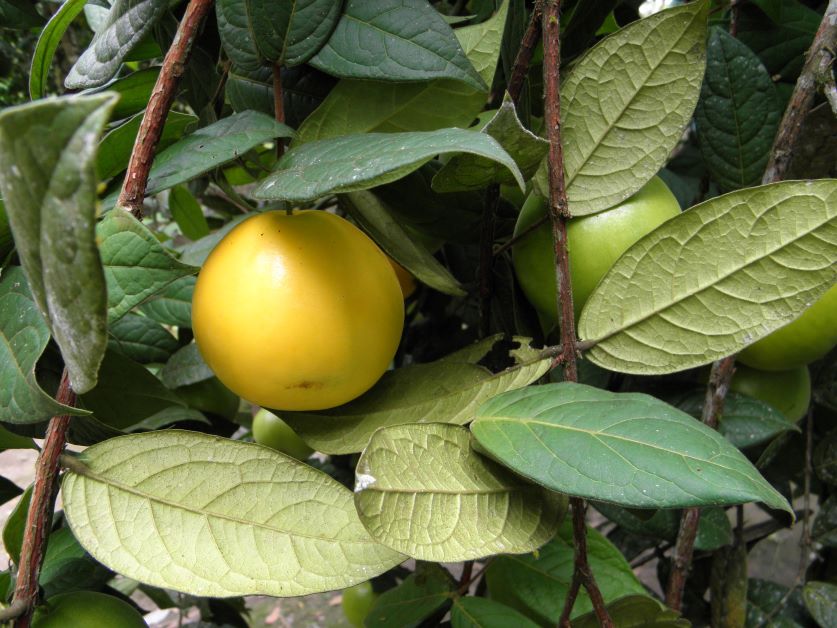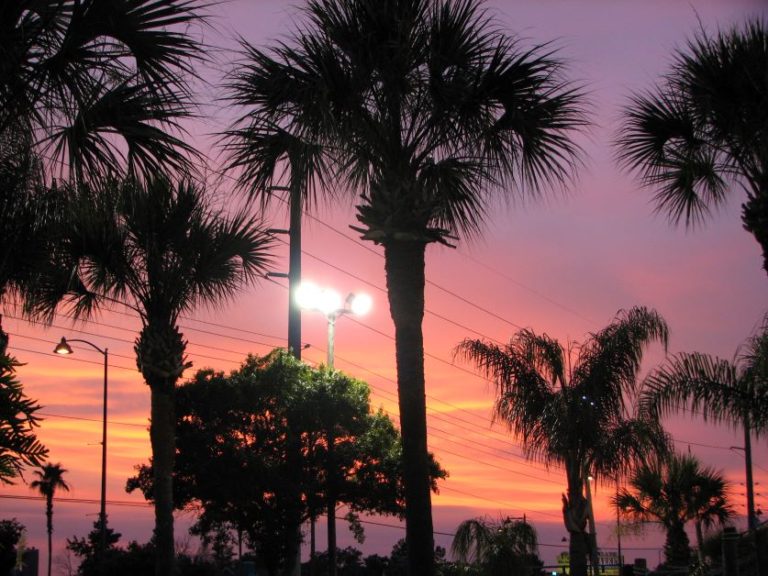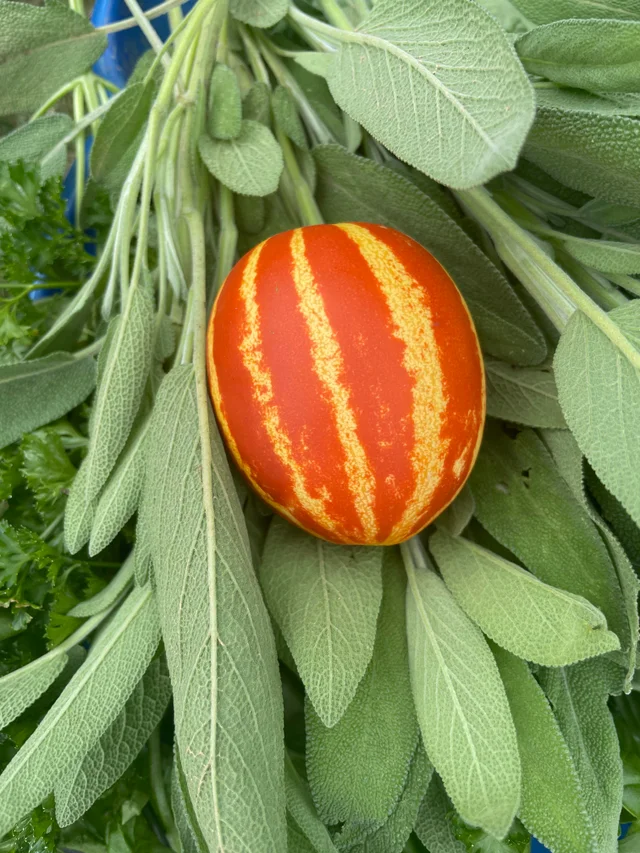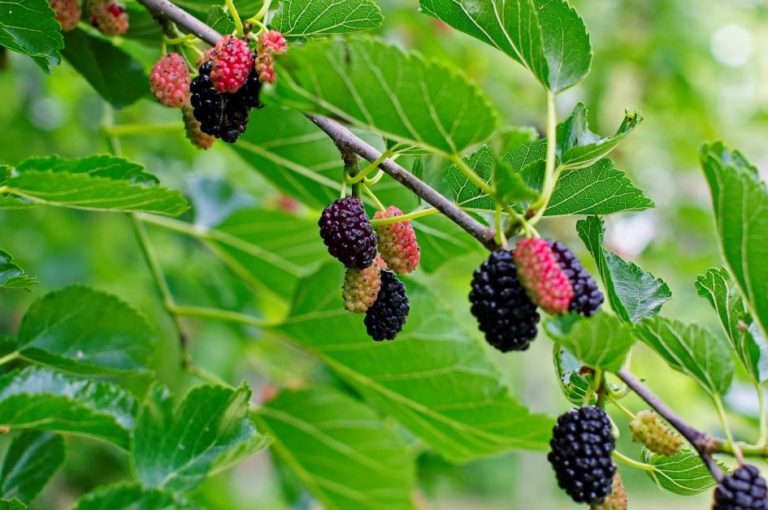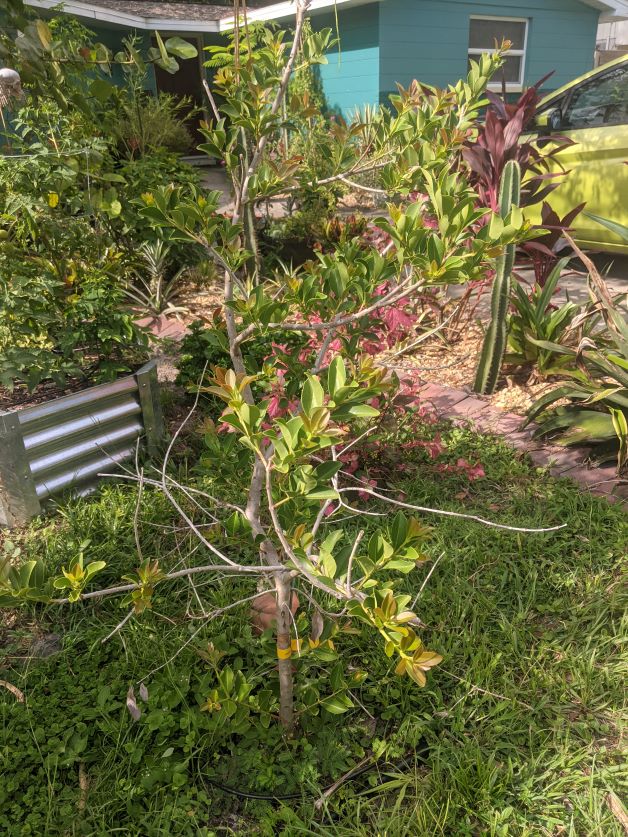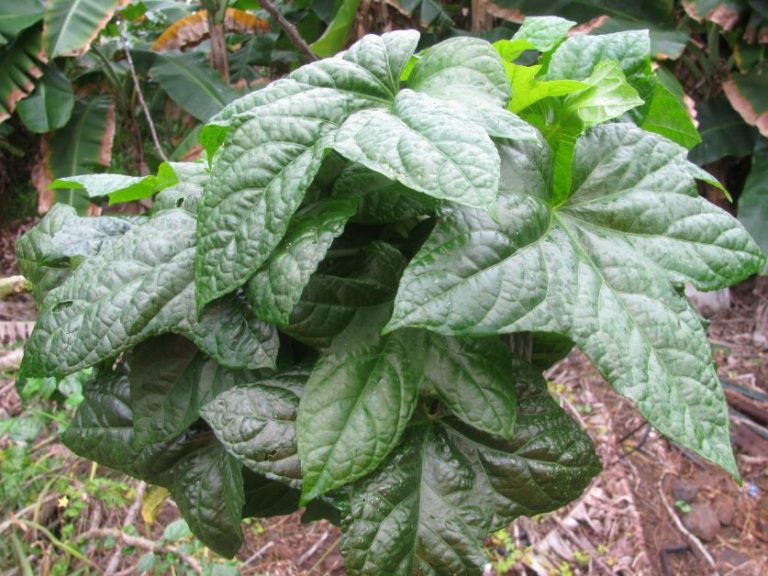How to Grow Araza Fruit
Also known as araza fruit, araca boi, Amazonian pear, and pichi, Eugenia stipitata is a fast-growing fruit tree native to the jungles of Brazil, Ecuador, and Peru. This is a member of the Myrtaceae family, making araza a relative of guava and eucalyptus.
Like Barbados cherries and peanut butter fruit, araza is delicate and easy to damage during shipping. Additionally, araza only has a shelf life of about 3 days. For these reasons, you are not likely to find araza fruit for sale near you (unless you happen to be at a market in South or Central America).
Araza trees are shrubby evergreens that can grow to be 15 feet tall. With a dazzling display of white anthers, araza fruit flowers look a lot like those of the rose apple. The flowers are hermaphroditic, which means that araza is self-fertile and you only need 1 tree to set fruit. Once bees, other insects, and the wind pollinate the flowers, they will turn into fruit. Araza fruit is about the size of a baseball and typically, the fruit turns from green to yellow when ripe (although some varieties can remain a greenish-color).

What does araza fruit taste like?
Although araza is a rare fruit, it’s best known for its sour taste and pleasant aroma. It only has a hint of sweetness, so many people use it to give their drinks a citrusy punch. Some people use it to make pudding. You can also puree it and mix it into ice cream or yogurt — the dairy helps to cut the tartness of the fruit.
How to plant araza tree
To get started, most people buy a live araza fruit tree online and plant it into progressively bigger containers until it’s ready to plant in the ground.
Araza trees are sensitive and many dealers include planting instructions with their shipments. If your tree doesn’t come with instructions, some best practices include:
- Avoid stressing your tree by immediately putting it out in full sun and sweltering conditions. Instead, store your new tree in a semi-shady area.
- Unless your tree is root-bound, you probably don’t need to repot your plant right away.
- Start by repotting your sapling into a 1-gallon pot and once it’s ready, step it up into a 5-gallon, then 10-gallon, and then into the ground (if applicable). You can choose to keep your araza tree in the 10-gallon+ pot if you plan on patio gardening. Just keep in mind that the bigger your pot, the bigger (and heavier) your tree will be.
Learn more about tree planting best practices: How to Tell If a Tree Is Dead
How to plant araza seeds
Araza fruit has 12 seeds inside, and you can plant these seeds to start another tree. To plant araza seeds:
- Fill seed starter cups with potting mix.
- Plant 1 seed per cup about ½ inch deep.
- Plant more seeds than you think you’ll need in case of low germination (which can be the case when growing trees by seed).
- Water your seeds and keep the soil moist but not soggy.
- Make sure your seeds get indirect light and keep them between 75°F to 80°F.
- Keep your saplings in their starter cups until they’re 8 to 12 inches tall, or until they start becoming root-bound.
- When ready, gently remove your saplings from the starter cups, taking care to avoid disturbing their roots. Repot the saplings into a 1-gallon plant pot filled with potting mix. Immediately water your freshly transplanted sapling.
- Continue to graduate your sapling into progressively bigger containers until you’re satisfied with the size of your container or until you’re ready to plant your tree into the ground.
Araza fruit growing conditions
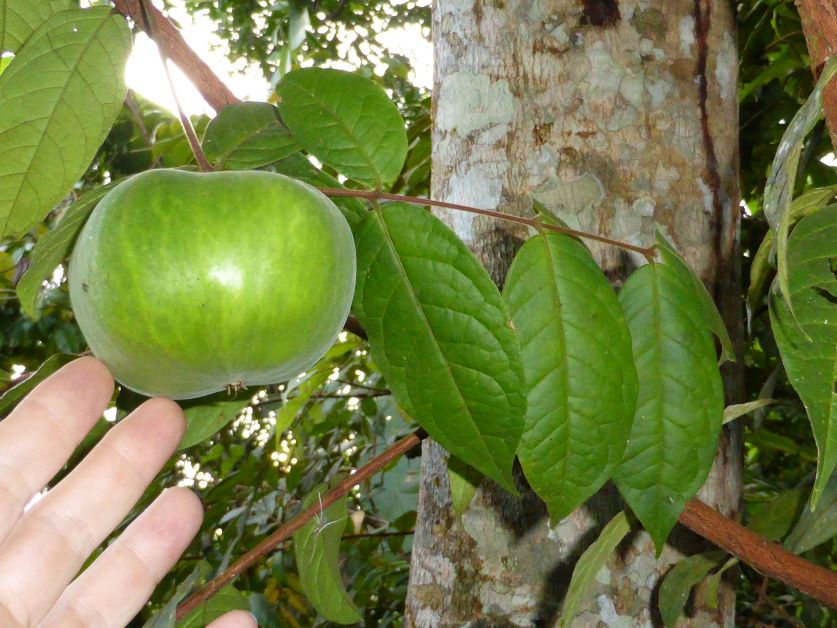
Light
Like many plants from the Amazon, araza prefers a mix of both sun and shade. For most people, araza does great in full sun but if you’re growing it where the rays are very strong (South Florida, for instance), your araza tree will enjoy a little bit of shade.
If you buy a small tree from a dealer, you should harden off your araza before putting it into full sun. Many tree dealers grow araza under a shade cloth (very young araza trees can be sensitive), so if you bring it home and immediately throw it into full sun, your araza will more than likely suffer leaf burn. Whenever I bring home a new fruit tree, I keep it inside my carport where it can still get some sun and fresh air. Then, I introduce my tree to more sunlight over time. Just keep an eye on your tree and if it looks like it’s starting to suffer, dial back on the sun for a few days and try again.
Temperature
Araza is sensitive to cold and is absolutely not frost-tolerant. On paper, the araza USDA growing zone is 10a-11. If you live in zone 9b, though, you should be able to grow your araza outdoors year-round as long as you protect it with a frost blanket during cold snaps.
Water
Araza needs consistent watering to grow at its best. Keep the soil moist but not soggy. Like all tropical plants, araza enjoys humidity and in turn, it’s prone to powdery mildew. To help keep powdery mildew at bay, water your tree at the base rather than from overhead. Soggy leaves are a major cause of fungal disease, so use a water wand to keep water where it should be (on the ground, not on the foliage).
Soil
Since araza needs a fair amount of water, it also needs well-draining soil so it doesn’t get waterlogged. A mixture of sandy loam is best. If you’re growing in the ground in Florida or on a subtropical/tropical island, your soil probably has ideal drainage but could lack nutrition (as sand often does). For best results, amend your soil with compost about 2 weeks prior to planting.
Mulching
Applying a 1 to 2-inch layer of mulch around your tree can help cut down on weeds. Just be sure to leave 2 inches of space between your mulch and the trunk of your tree. Putting mulch up against the tree trunk can cause rotting.
Fertilizer
Feed your araza tree an organic citrus tree fertilizer 3 times a year, right when it starts producing flowers. Follow the instructions on the package to ensure you are using the proper amount.
Pruning
Araza grows as a shrubby tree and usually grows to be 8 to 15 feet tall. You can, however, prune excess branches off of your tree to force it to grow as a singular trunk. I prefer to let mine grow a bit wild – the more branches you have, the more opportunity for fruit.
You may find it helpful to prune araza once a year to keep it around 6 feet tall. If you let your tree get too tall, you’ll have a hard time harvesting fruit that is out of reach.
Harvesting araza fruit
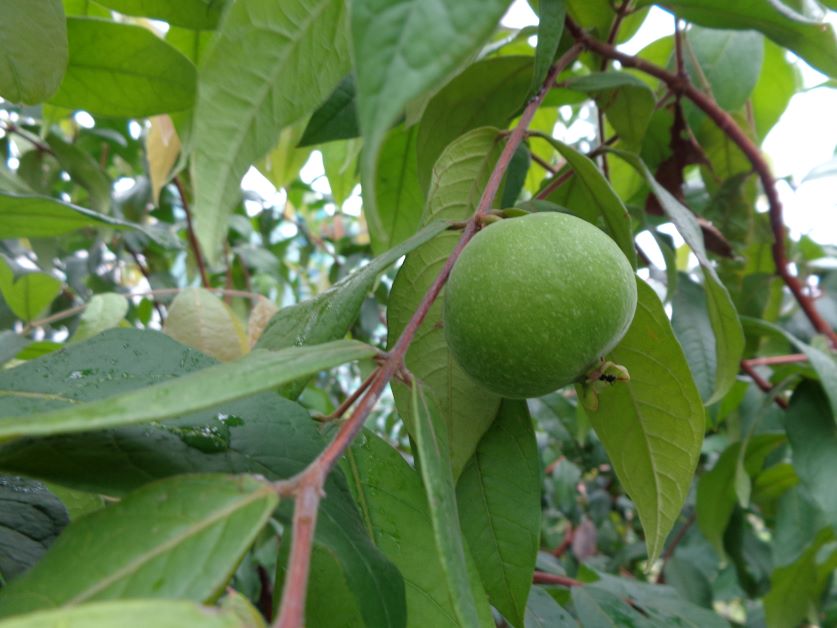
Araza is a fast-growing fruit tree, only taking 2 to 3 years to produce fruit. A healthy araza tree will give you 3 to 4 harvests a year. An araza fruit is ripe when it’s yellow (do note that some varieties produce green fruit but yellow is the most common). The fruit will also be very fragrant and may fall off the tree on its own. Mature fruits range in size from baseball to grapefruit.
Can you grow araza fruit in containers?
Yes, araza grows great in containers. In fact, gardeners in USDA zones 4-9a have no choice but to grow their araza trees in container because they’ll need to bring their plant indoors during fall and winter.
Make sure your araza container is large enough to support a tree but also has sufficient drainage to help prevent root rot. A 10-gallon container filled with equal parts of potting mix, sand, and perlite works great. You may also want to invest in a plant dolly as your araza fruit tree pot will be heavy and hard to move inside when the weather cools down.
Can you grow araza indoors?
Under the right conditions, you can grow araza indoors. It’s important to note, though, that your tree won’t bear fruit unless it’s exposed to pollinators. If you want to grow fruit on your indoor araza, you’ll need to hand pollinate. Although time-consuming, hand-pollinating is easy – take a small, clean paintbrush (or toothbrush), rub it on the inside of a flower to collect pollen, and rub that pollen on the inside of another flower. If you can, it’s easiest to put your araza container outside while it’s flowering. Whether you’re able to put your container outside, however, depends on how cold your climate is.
When growing araza indoors, keep your container away from cold drafts and in a spot where it gets plenty of sunlight.
Troubleshooting
Araza fruit pests
Fruit flies
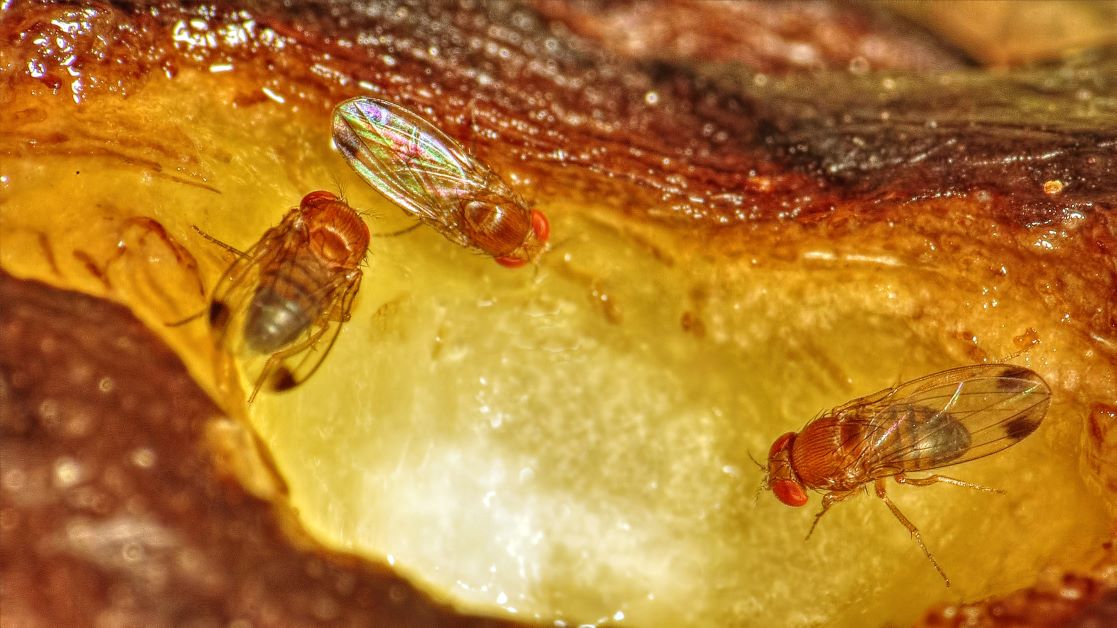
Looks like: tiny gnats/flies swarming around your tree and on fruit
Damage: ruins fruit by laying eggs under the skin
Treatment: harvest ripe fruit regularly; pick dropped fruit off of the ground before it rots; mix 1-ounce organic neem oil to 1 gallon of water and a few drops of dish soap into a hand sprayer. Spray neem oil solution on your tree on a cloudy day or in the evening (direct sunlight can cause neem to burn your plant)
Araza fruit diseases
Powdery mildew
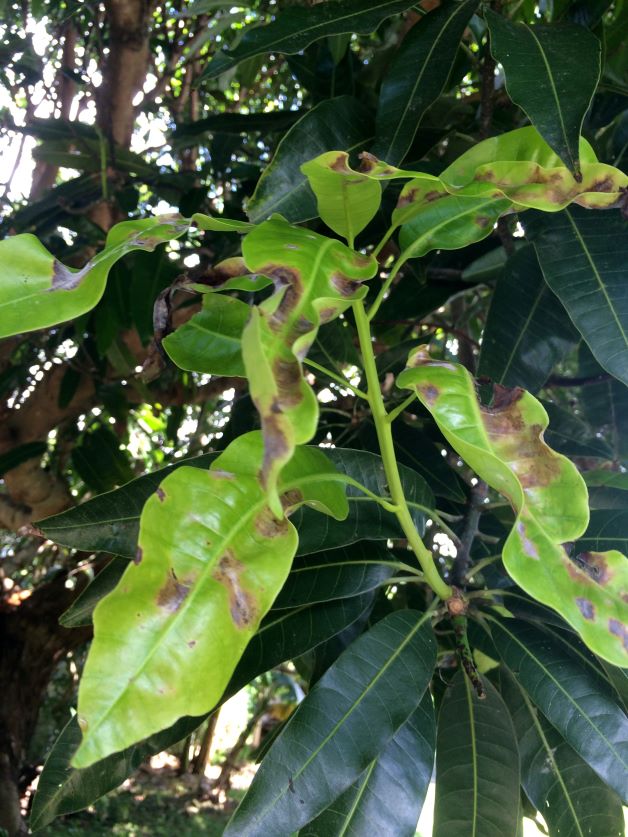
Looks like: white patches of white, dusty mold on leaves and stems; entire leaves look like they’re covered in white dust in extreme cases
Damage: flowers will fall off; underdeveloped fruit; generally unhealthy plants; death
Treatment: keep leaves dry and spray organic copper fungicide early in the season; remove infected foliage; remove debris from garden beds; make sure plant gets enough sun and airflow
Featured image photo credit: Luis Alveart

